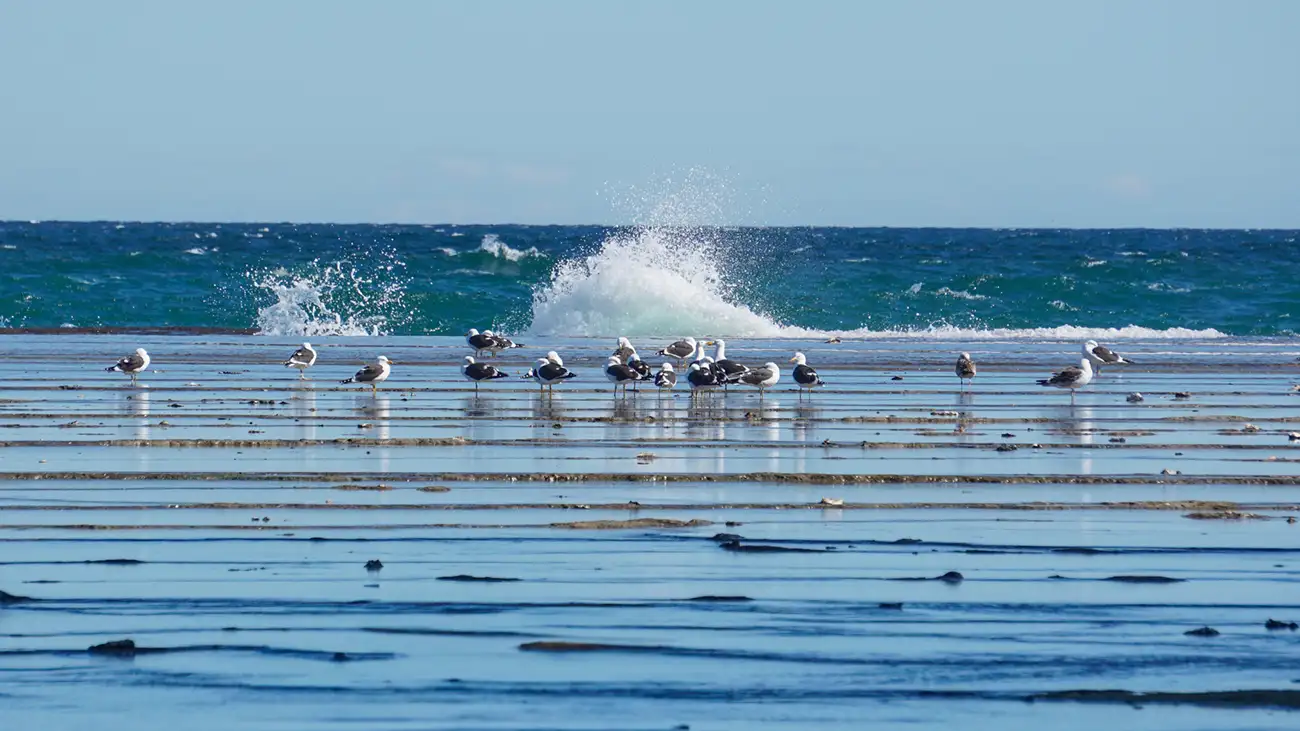
As a result of the articulated work between the Forum for the Conservation of the Patagonian Sea and Areas of Influence, the provincial government of Chubut -through the Provincial Technical Committee on Fishing Waste composed by the Secretariat of Environment, the Ministry of Tourism and Protected Areas, and the Secretariat of Fishing-, a new cleaning was carried out in an area where there is an intense accumulation of plastic waste that comes from the sea to the coasts.
The activity was carried out within the framework of the MaRes Project, financed by the European Union with the participation of the organizations Fundación Vida Silvestre Argentina (FVS) and the Instituto de Conservación de Ballenas (ICB), both members of the Forum.
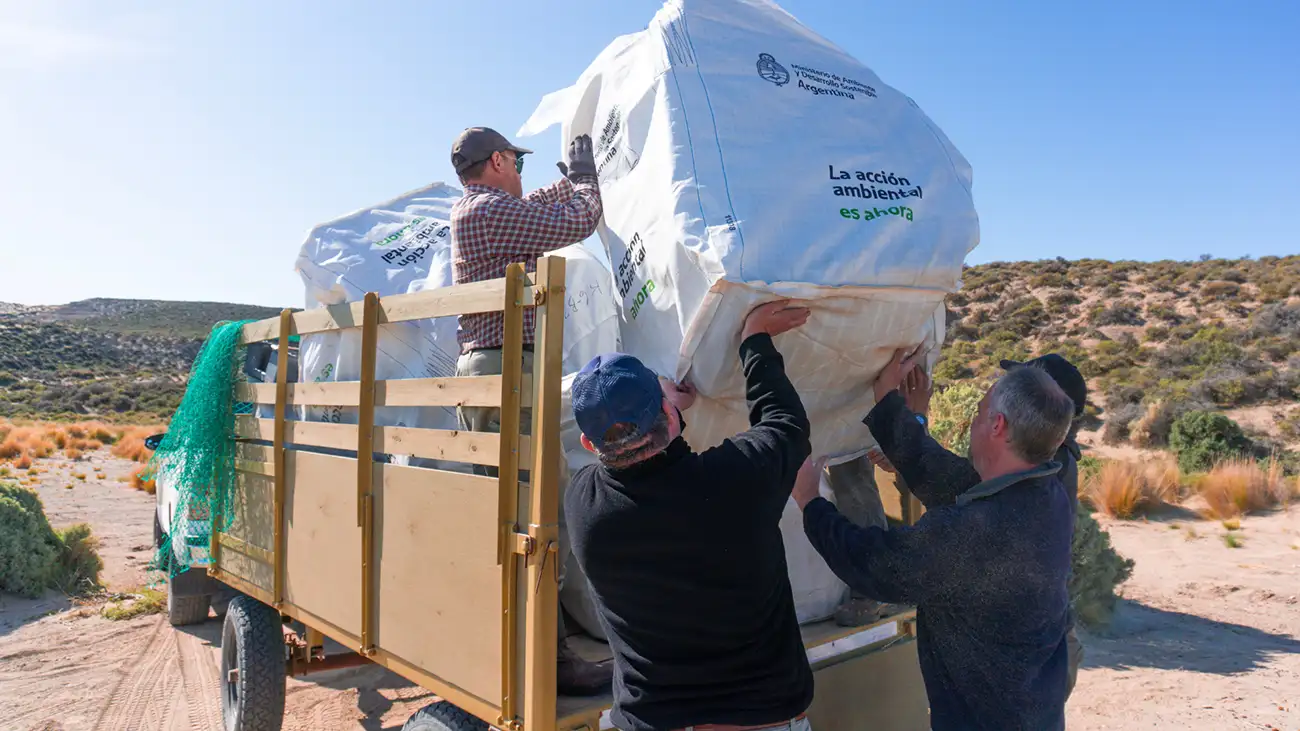
This operation is the second one carried out in the same coastal area this year. The first cleanup was carried out in February and more than 10 tons of waste were removed. However, periodic monitoring of this coastal strip has revealed a new accumulation of plastic waste linked to fishing operations.
Given this situation over 2 days, a team of 16 people from different agencies collected 38 bags of waste, totaling 1.8 tons. As in the previous collection campaign, most of the waste found was generated during fishing operations.
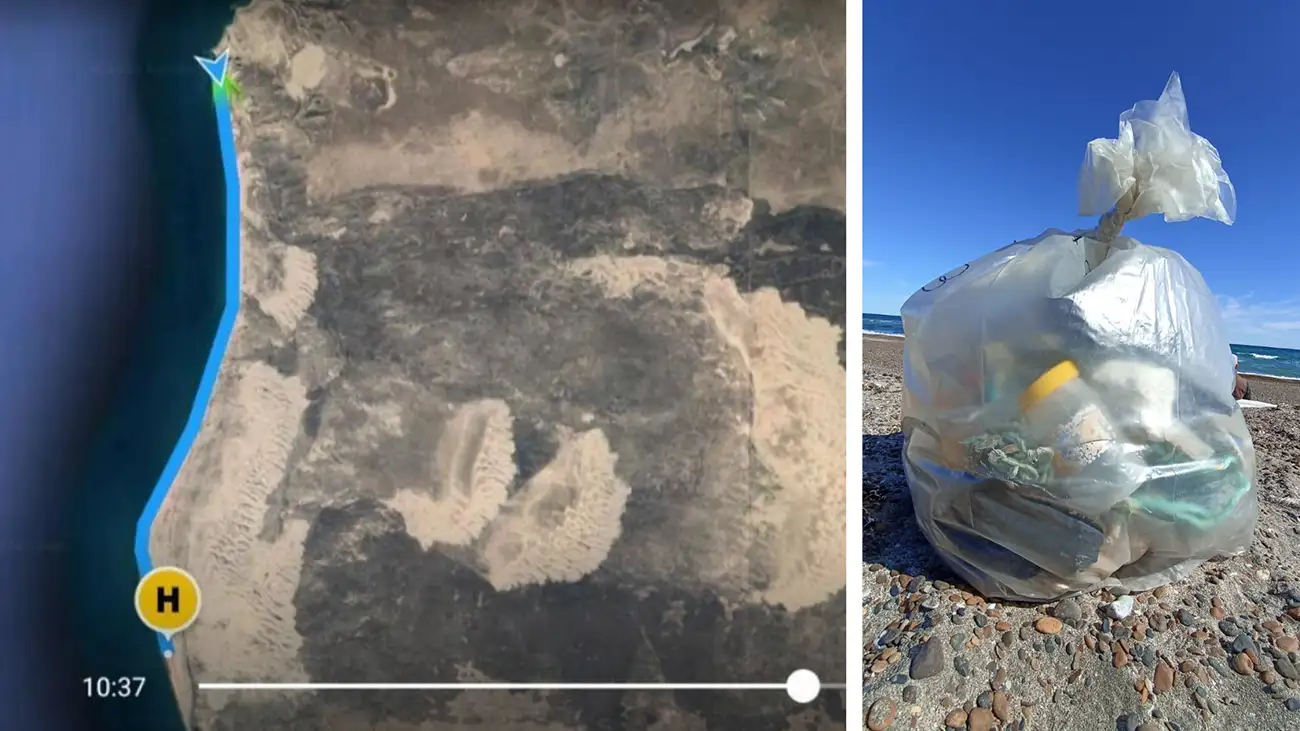
Long-term strategy: the importance of follow-up
The need to carry out a second cleanup operation underscores the urgency of strengthening prevention and management measures, not only on land, but also in fishing and port operations.
“Unlike the previous campaign, in addition to collecting the macroplastics, a 3 km stretch was cleaned to zero, that is, we went in search of the mesoplastics, because the idea is to know the proportion on these beaches of waste of all sizes. Of the small ones, we found many fragments of crates, soda caps, pieces of ropes, ropes and nets. What we found most among the macro waste were fish boxes, nylon and wrappings, packaging tapes, waste from products consumed on boats, plastic bottles of various sizes,” describes Julia Guzmán, Coastal and Marine Landscape Analyst of Fundación Vida Silvestre.
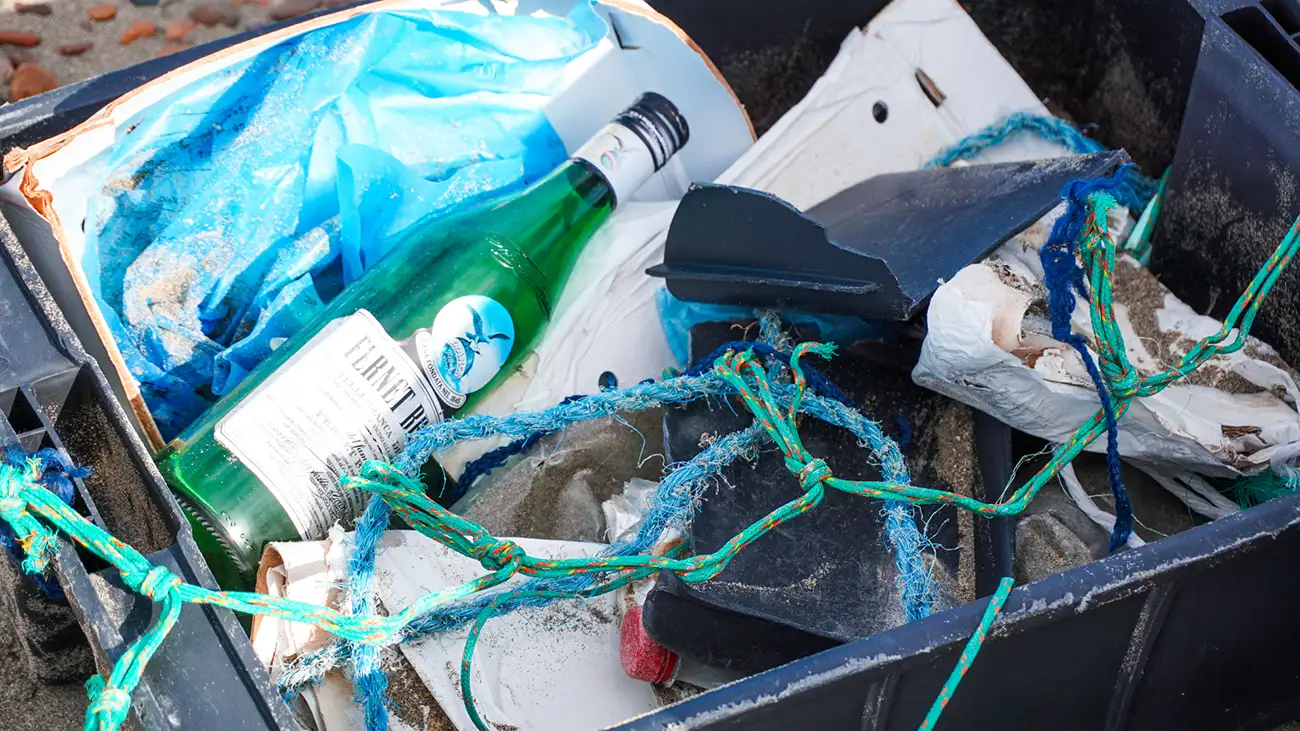
It is crucial to adopt best practices on board that avoid losses of operational materials that once at sea are transformed into plastic waste, improve the disposal of these materials on ships and advance in proper management in ports to give a new useful life to plastic objects that cease to be operational due to use or breakage. In this sense, an efficient differentiated waste management in ports can promote circular economy initiatives.
For the final disposal of the waste found, coordination was again made with the Puerto Madryn Food Union, who will remove the bags and separate the waste by categories, which will then be delivered to identified recyclers for recovery.
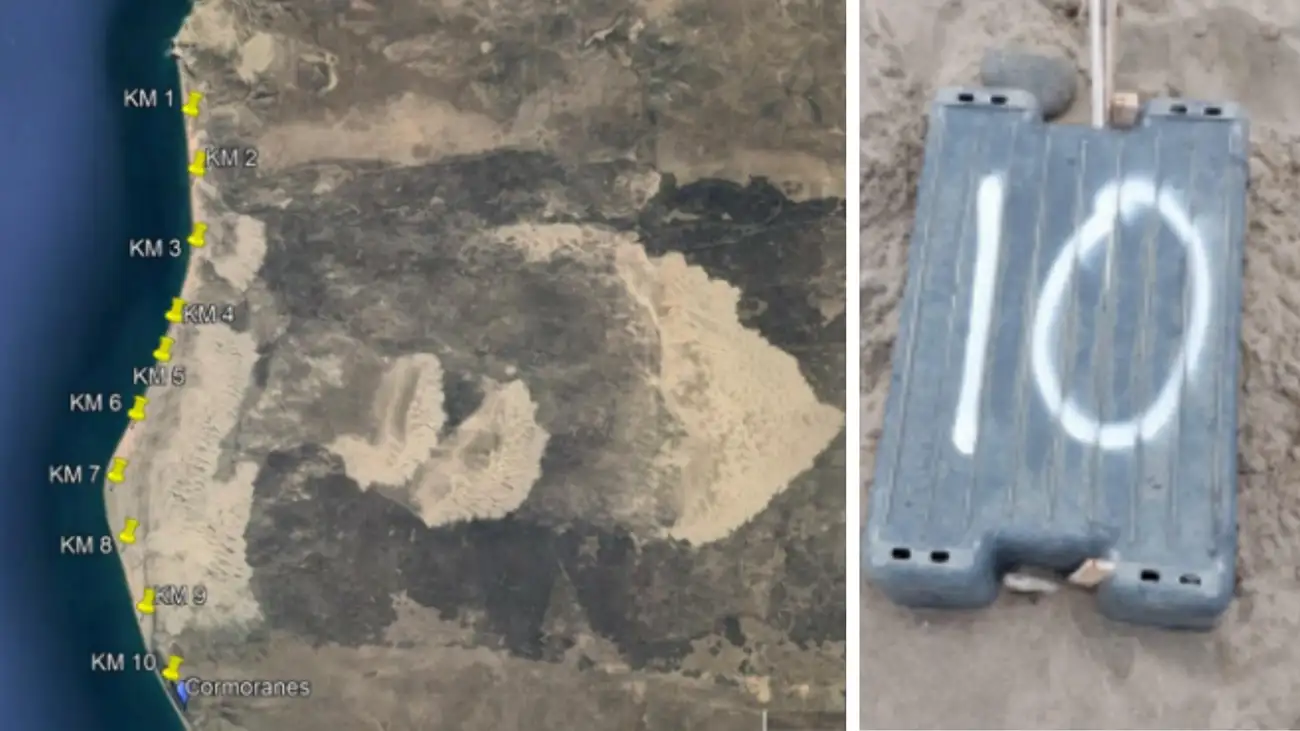
In addition to the census and cleanup, the initiative includes the collection of data to understand the rate of garbage accumulation along the coast. This information, in addition to other complementary data collection actions, such as the flights carried out this month along the entire coast of Chubut, will allow adjusting and improving protocols for future interventions, achieving greater effectiveness with the least impact on ecosystems, in addition to being inputs for the design of long-term strategies, focused on reducing the arrival of plastics to the sea and coasts.
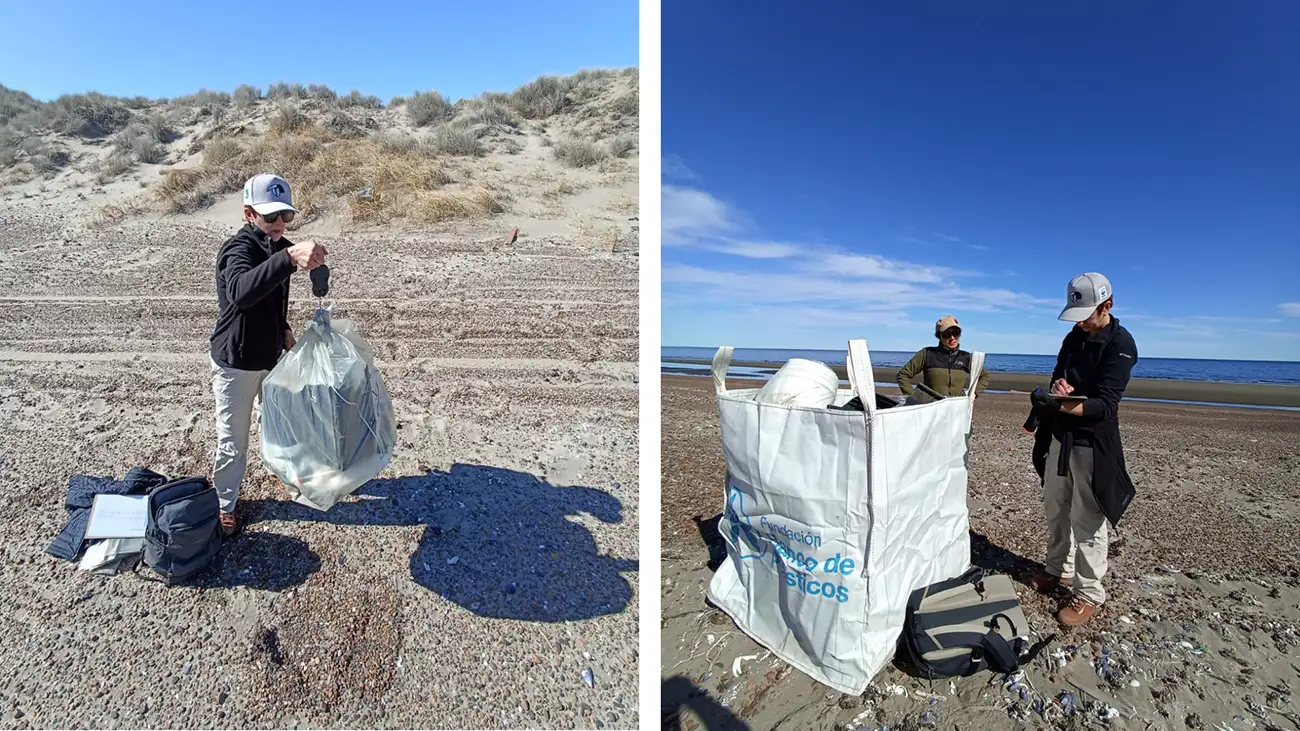
Fernando Pegoraro, Undersecretary of the Secretariat of Environment and Sustainable Development, states: “It is important to highlight that this unit, Playa Cormoranes, is taken as a reference and is periodically censused, every 45 days, to see the impact of waste on its coasts. Then, with the information gathered and taking into account the fauna calendar, the tide table and the availability of personnel, the cleaning interventions are carried out”.
He also tells us that: “Some variables that have a significant impact on the accumulation of waste are: the time of the year, the occurrence of meteorological phenomena, the fishing season or the permanence of boats in the roadstead due to storms. From the Secretariat of Environment and Control of Sustainable Development, in addition to the mission of raising awareness regarding the responsibility and importance of properly managing the waste that impacts our seas, we also want to move forward with the monitoring of other areas to have more data on the evolution of waste on the coasts.”
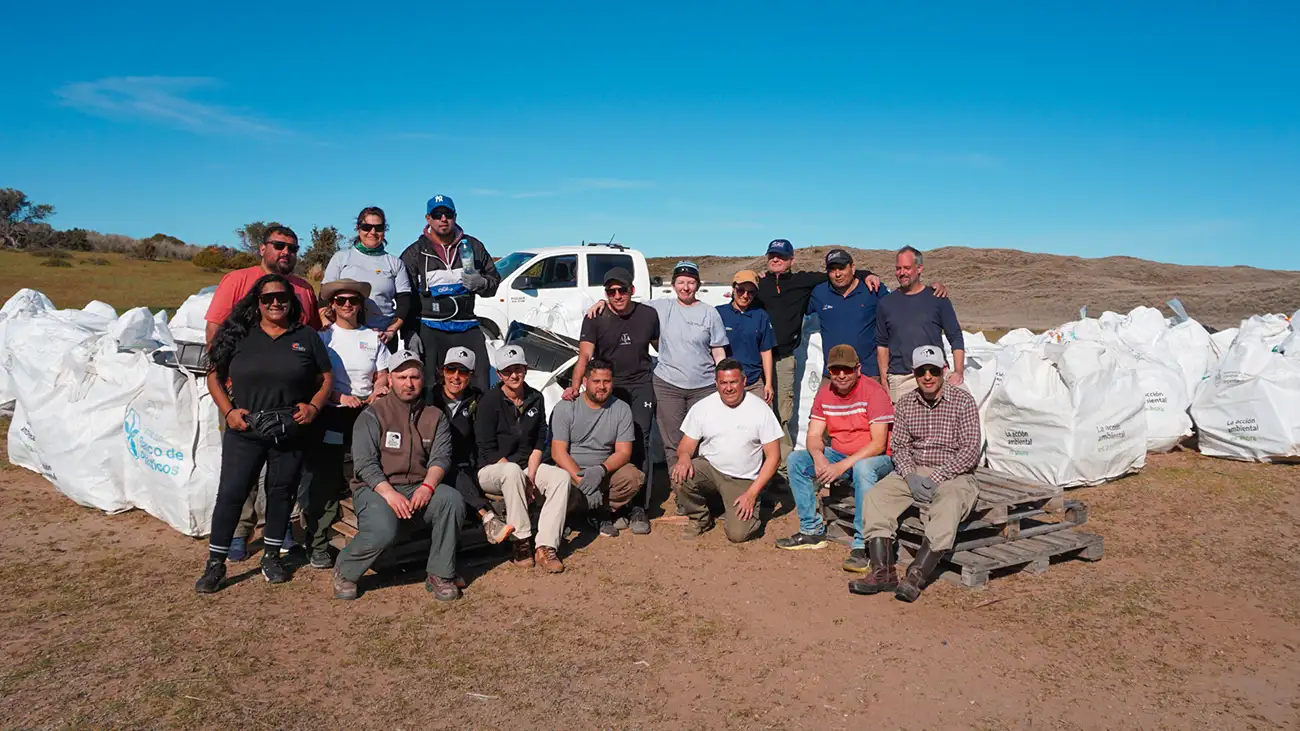
The urgency of plastic on the Patagonian coastline
The seriousness of the presence of plastic waste on the coasts of Chubut is increasing. Every year, tons of plastic garbage, mostly from fishing activities, end up in the sea, directly affecting marine biodiversity and its habitat. Seabirds, mammals and other organisms are exposed to entanglement and ingestion of plastics, often resulting in injury and even death. The marine ecosystems of the region, recognized worldwide for their biodiversity, are severely altered and at risk if immediate and coordinated action is not taken to mitigate this threat.
Nadia Bravo, Undersecretary of Conservation and Protected Areas shares her thoughts with us: “The conservation of our natural and cultural heritage is an ongoing task, but we face a complex problem and we must address it from its root causes”.
He adds: “We need legislative frameworks that prevent pollution of our seas and coasts from the source. From the Undersecretariat of Conservation and Protected Areas, together with the Corps of Game Wardens, we will continue to support all mitigation actions, but the key is to prevent the damage from occurring. In order to achieve conservation objectives, it is essential to have a coordinated articulation between all actors: government, communities and organizations. The biodiversity we protect is not only an invaluable natural heritage, but an essential resource for the sustainability and quality of life of our communities. Our most urgent challenge is to ensure that these policies are implemented and have a real impact, and to do so, we must come together, discuss and build a solid regulatory framework that guarantees the effective and permanent protection of our environment, recognizing the environmental complexity we face.”
Multi-sectoral commitment, awareness raising, the implementation of a correct waste management system and the design of a regulatory framework focused on prevention are some of the key actions to ensure the long-term protection of Patagonia’s coastal and marine ecosystems. This effort is part of a broader strategy that seeks to restore the environmental health of the coasts and preserve its marine biodiversity.